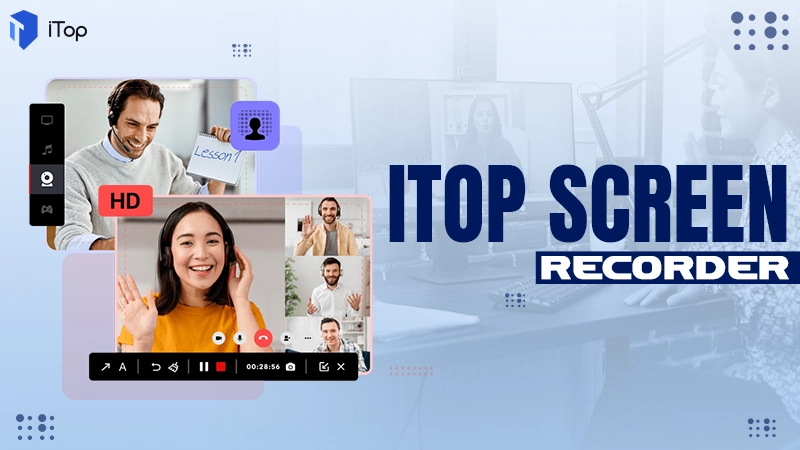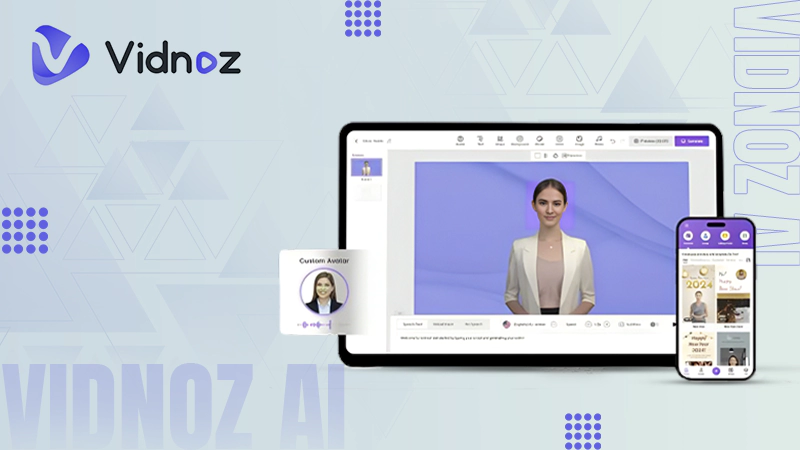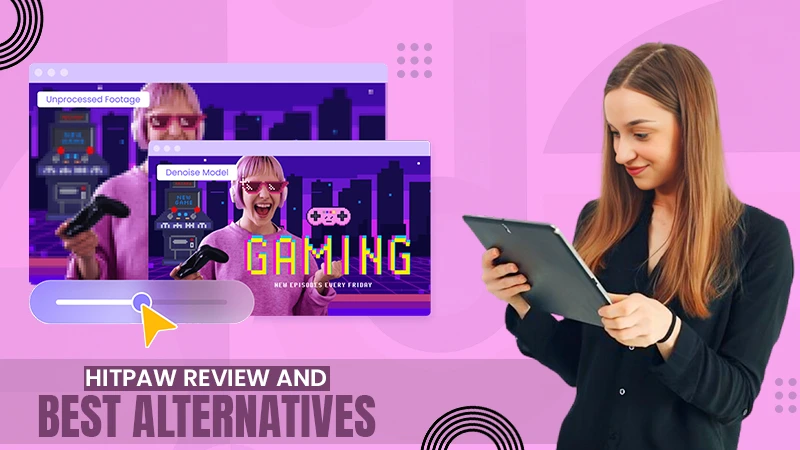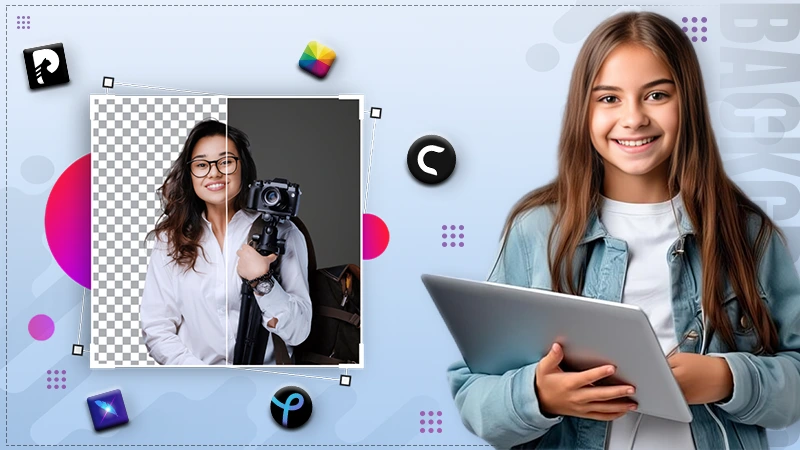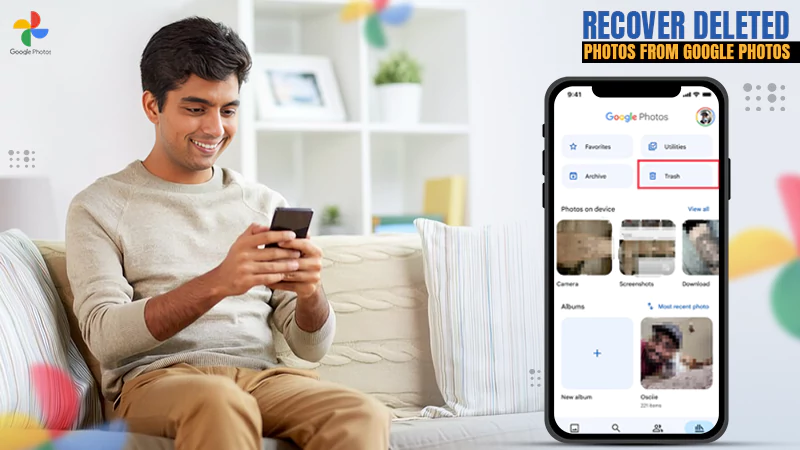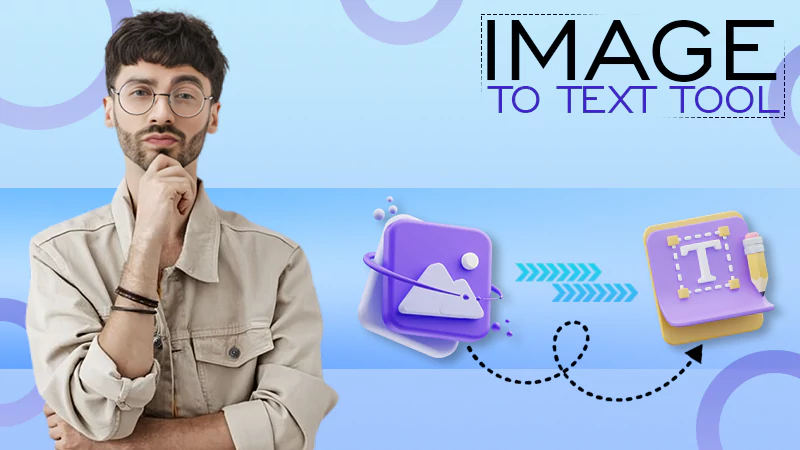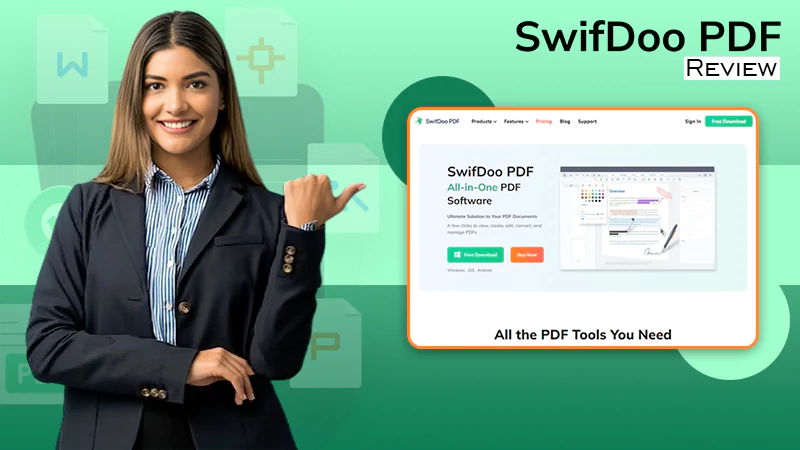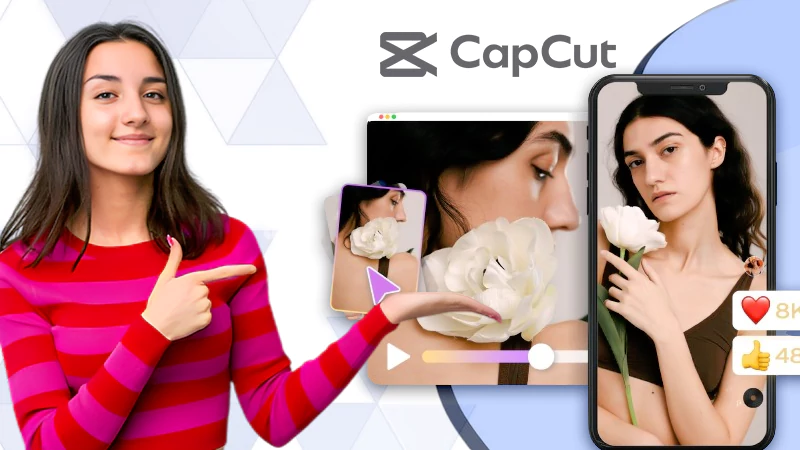How to Develop Apps for Foldable Devices
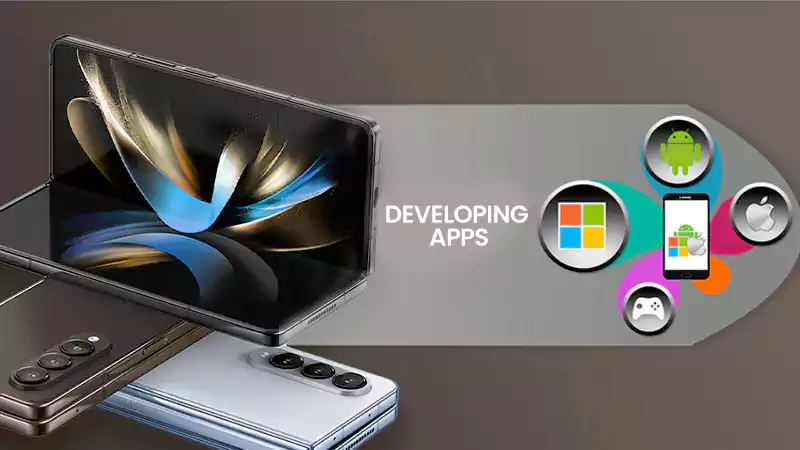
On the outside, they look like throwback devices from the early days of mobile technology – harking back to those Motorola Razrs many remember from their youth. But once you crack open a foldable device, you realize that it’s anything but an old idea updated for the modern consumer market; it is a revolutionary way to consider full-screen devices.
The advent of foldable devices has ushered in a new era of mobile computing, where users can enjoy the benefits of a tablet and a smartphone in one device. And many industry observers expect these devices to make serious inroads in both mobile and tablet markets.
What does that mean for the average app company or business with a mobile presence? It means that, once again, you will need to update your mobile product for a new kind of user experience. Or create a new app optimized for foldable devices.
Developing apps for foldable devices can be more challenging than standard devices. Naturally, foldable devices have unique features that allow users to use them differently, and therefore require different approaches to design and development.
When creating or adapting your app to work with foldable devices, there are some things you must consider. Even app development companies have had to change how they approach app development projects. We spoke to TheAppLabb about what they’ve found have been the most important things to think about. The app development services from The App Labb are second to none, and the company is trailblazing in its approach to developing foldable devices.
Here are some of the essential aspects they consider when developing apps for foldable devices.
Adaptive Design
The foldable form factor allows users to change the device’s size and shape, requiring developers to create an adaptive UI design that adjusts to the different screen sizes and aspect ratios. This means that designers must think about how their app will look and work when the device is folded, half-open, and fully open.
In its folded posture, the device resembles a conventional smartphone and users can interact with it similarly. In an “open flat” posture, the device resembles a tablet that users can view in portrait or landscape. And as a half-opened tabletop posture (think an L-shaped crease), the foldable device splits its screen between two distinct sections. This latter posture poses particular UI challenges since text and controls near the fold can be challenging for users to read or manipulate. Therefore, developing an intuitive app for a foldable device requires intensive probing into various UI considerations.
Screen Continuity
Screen continuity is one of the defining features of foldable devices. It allows users to transition seamlessly between the different screens and continue using their apps without interruption. Imagine folding the screen of a device and waiting excruciating seconds for your app to catch up – it won’t fly. Modern app users have notoriously high expectations for responsiveness. This requires developers to build apps that can run across multiple screens and support screen continuity.
At its most basic, this process involves reining in the number of shifts in interface layout the app requires as it moves from one state to another. Too many interface layout shifts in transition can make the app appear clunky or disruptive. And that can seriously detract some users from re-engaging with your app.
Multi-tasking
Not only do app developers need to consider how their app will look and function as the sole app running on a foldable device – they must also plan for their app to run alongside other apps.
Foldable devices provide a larger screen area than traditional smartphones, allowing users to run multiple apps simultaneously. Developers need to ensure that their apps can work well in split-screen and multi-window modes so that users can work more efficiently.
In older devices, apps entered a pause state when users opened a new app or translucent activity. Now, simultaneous apps can run in tandem, requiring app developers to consider multi-resume handling and functionality. If some of that sounds like Greek, don’t worry. These points represent a primer for developing apps for foldable devices; they aren’t a how-to guide. Just educate yourself as much as possible, then find an experienced development team to help execute your vision.
Flexible Layouts
As mentioned, foldable devices provide different screen sizes and aspect ratios, which means that designers need to be creative in how they lay out their apps. Flexible layouts are a crucial element of foldable app design, as they enable users to use their devices differently and adapt to different screen sizes.
There are several UX patterns a developer can choose depending on the posture; utilizing the ideal pattern is the hallmark of a creative, human-centered developer. You can opt for an extended canvas that splashes a single layout across the whole unfolded screen. You can turn the screen into a document-oriented two-page layout that supports companion content or customer support chatbots. The possibilities are endless.
Touch Controls
Touch controls are the primary way users interact with foldable devices, and they need to be carefully designed to ensure that they are intuitive and easy to use. Developers should consider how touch controls will work on different screen sizes and develop them to be easily accessible and usable on all screens.
As mentioned, touch controls plopped in or around a seam can prove inaccessible in some cases. Therefore, care and strategic planning need to go into proper placement.
Performance Optimization
Performance optimization is critical for any mobile app, but even more so for foldable devices. In a nutshell, performance optimization refers to the iterative process of fine-tuning a product until it works as efficiently and quickly as possible. Because of the aforementioned quirks and complicating features of a foldable device, performance optimization here is just a tad more intensive.
These devices have high-resolution screens, powerful processors, and demanding hardware, and developers need to ensure that their apps run smoothly and efficiently under the circumstances. They can do so by paying rigorous attention to image handling, loading states, data loading strategies, CDNs, etc. Ideally, a developer should carry out the bulk of this work in the development and testing phases. But they should also be hyper-present and meticulous throughout the long-term maintenance process.
Platform Support
Foldable devices run on different platforms, such as Android or Windows, and developers need to be familiar with the platform-specific requirements and guidelines for foldable app development. This includes optimizing apps for different device form factors and screen resolutions, as well as taking advantage of platform-specific features such as screen continuity.
If you’re creating an app optimized for foldable devices, just ensure that your chosen development team is comfortable, fluent, and – ideally – amply experienced in various platforms. This should be a best practice for any kind of app development, but it takes on added significance when developing foldable devices.
The Bottom Line
Developing apps for foldable devices requires careful consideration of design and performance. From adaptive design to performance optimization, these devices offer unique challenges and opportunities for developers. When done right, you’ll get a product that’s as impressive as the cutting-edge devices on which we use them.
By keeping these key considerations in mind and using app development services from The App Labb, you can create intuitive, efficient, and enjoyable apps on foldable devices.
Level Up Your Online Presence: How iTop Screen…
Vidnoz AI Review: How to Convert Text to…
HitPaw Online Video Enhancer Review and Its Best…
Top 7 Background Removers Online in 2024
How to Retrieve Google Backup Photos?
How Does The Image-To-Text Tool Work?
SwifDoo PDF Review 2024: A Comprehensive Look
The Real Benefits of DevOps Training for Aspiring…
Capturing Serenity: Elevating Yoga Pose Photos with CapCut’s…
Single CPU Server vs Dual CPU Server: What’s…
Boost Your Productivity with a Desktop-Docked Search Utility…

